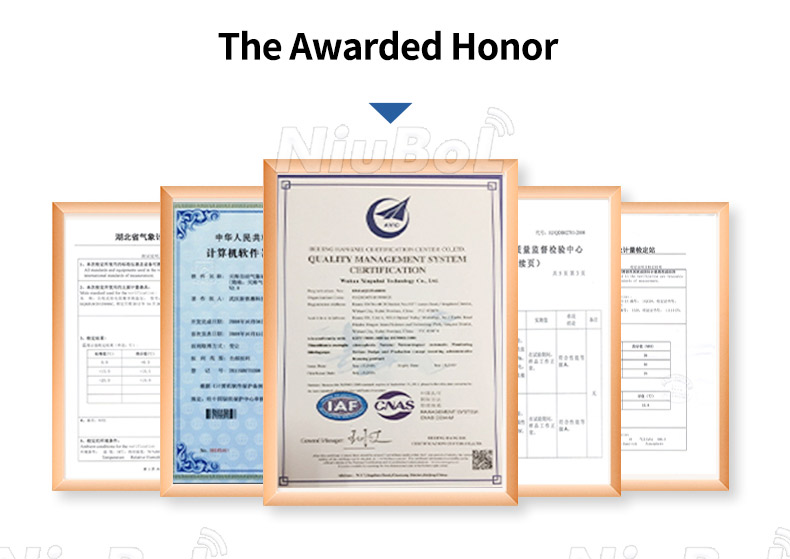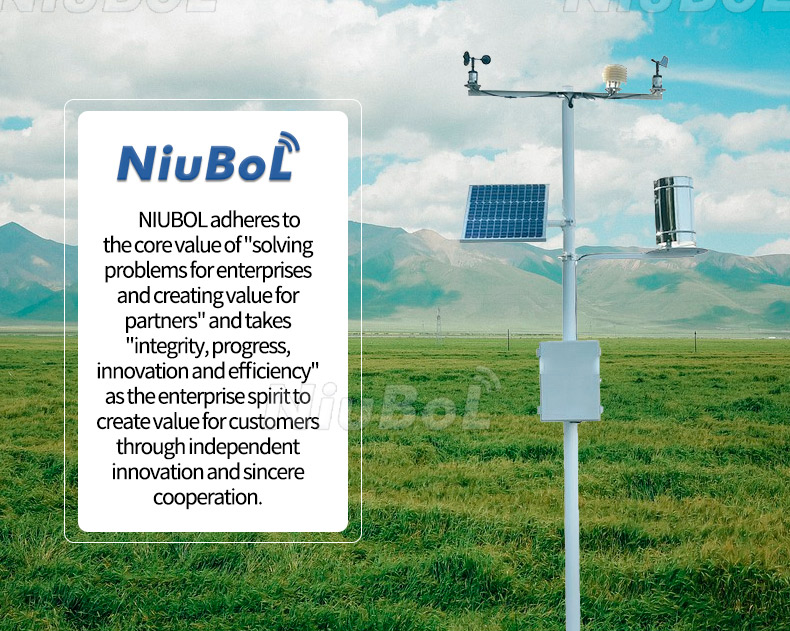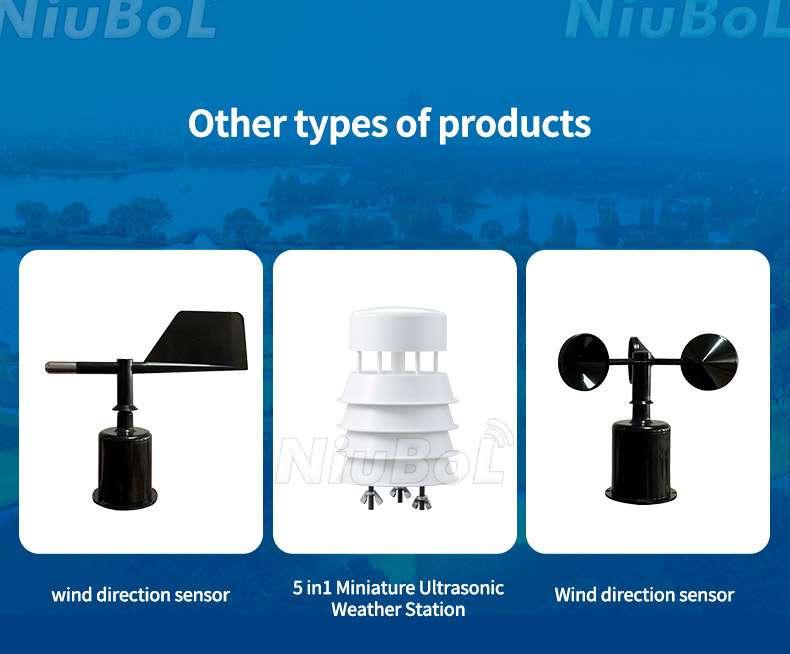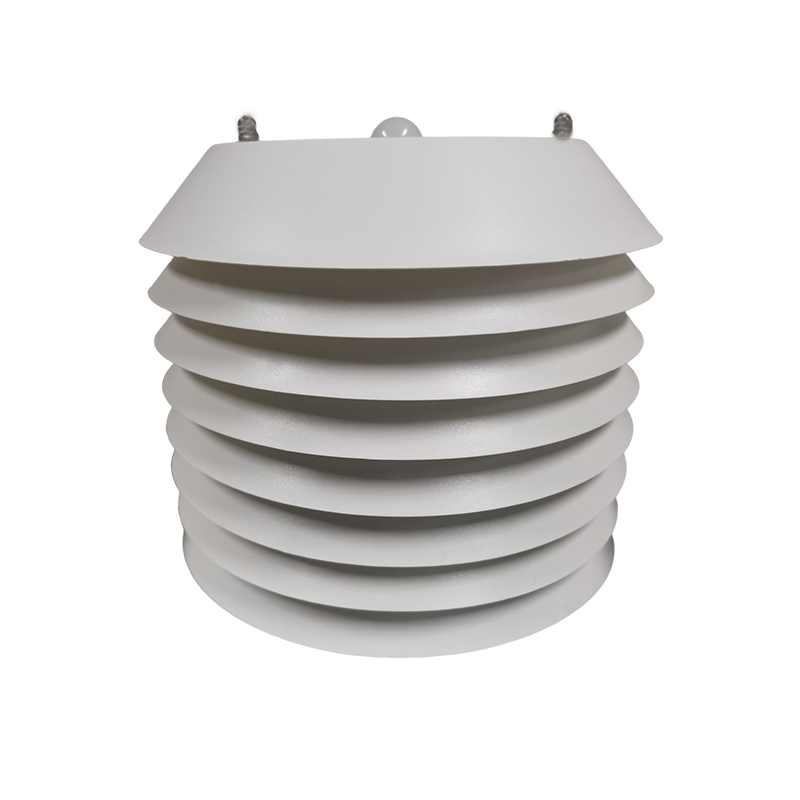

— Products —
 Consumer hotline +8618073152920
Consumer hotline +8618073152920 WhatsApp:+8615367865107
Address:Room 102, District D, Houhu Industrial Park, Yuelu District, Changsha City, Hunan Province, China
Weather Stations
tipping bucket rain gauge consists of a funnel at the top of the sensor and two tilted buckets. When rainwater enters the funnel and reaches a certain quantity, one bucket tips and empties its contents while simultaneously positioning the other bucket to receive rainfall. This process repeats, where each tip of the bucket represents a certain amount of rainfall, allowing for the measurement of the total rainfall.The rainfall sensor can be used to prevent flood prevention, wat···
Tel/WhatsApp:+8615367865107
Email:Arvin@niubol.com +Nearly 100 partner company in more than 68 countries. We are committed to providing high-quality, practical products to meet your needs and help you solve problems.Product Details









Tipping bucket rain gauge is a commonly used rainfall measurement device. It utilizes the tipping bucket principle to continuously monitor rainfall and provide accurate measurements. Here is an introduction to the sensor and its value:
1. Working Principle: The tipping bucket rain gauge consists of a funnel at the top of the sensor and two tilted buckets. When rainwater enters the funnel and reaches a certain quantity, one bucket tips and empties its contents while simultaneously positioning the other bucket to receive rainfall. This process repeats, where each tip of the bucket represents a certain amount of rainfall, allowing for the measurement of the total rainfall.
2. Data Accuracy: The tipping bucket rain gauge offers high data accuracy. As the volume of each bucket is fixed, the amount of rainfall represented by each tip can be precisely calculated. Additionally, the sensor can record the time at which each bucket tips, enabling more detailed information on rainfall patterns and intensity.
3. Application Value: The tipping bucket rain gauge holds significant value in various fields. Here are a few key application areas:
Weather forecasting and climate research: The sensor is widely used in weather forecasting and climate research. It provides accurate rainfall data, assisting meteorologists in understanding rainfall patterns, issuing weather forecasts, and conducting studies on climate changes.


Flood warning and hydrological monitoring: By installing multiple tipping bucket rain gauges, real-time rainfall monitoring can be achieved, allowing for early flood warning. Furthermore, the sensor is useful for hydrological monitoring activities, aiding in water resource assessments, flood risk evaluations, and water resource management.
Agriculture irrigation and water resource allocation: In the agricultural sector, the data from tipping bucket rain gauges can be utilized to develop irrigation plans. By regulating irrigation systems based on rainfall amounts, excessive or insufficient irrigation can be avoided, thereby improving crop yields and optimizing water resource utilization.
In summary, the tipping bucket rain gauge provides real-time measurement of rainfall using the tipping bucket principle, offering high accuracy and reliability. It plays a crucial role in weather forecasting, flood monitoring, agriculture irrigation, and other related applications, providing essential data support.
The rainfall sensor (transmitter) is suitable for relevant departments such as meteorological platforms (stations), hydrological stations, agriculture and forestry, national defense, etc., which is used to remotely measure liquid precipitation, precipitation intensity, and precipitation.
The rainfall sensor can be used to prevent flood prevention, water supply scheduling, power station reservoir hydrophilic management, etc., and hydrological automatic reporting systems and automatic field measurement stations.
Installation Notes
1. The installation location of the sensor can be selected on the ground, homemade large barrel, iron pillar flange or roof;
2. Adjust the three flat screws on the chassis to make the level foam instructions horizontally (the bubbles stay in the center of the circle), and then slowly tighten the fixed expansion screws of the three M8 × 80; It
3. After fixing, turn on the rainfall barrel, cut off the nylon tie on the funnel, slowly inject the water into the rainfall sensor, and observe the turning turning process to check whether the data is received on the collection instrument. Finally, inject quantitative water (60-70mm). If the data displayed by the collection instrument is consistent with the amount of injection water, it means that the instrument is normal, otherwise it must be maintained and adjusted;
4. Please avoid disassembling the sensor during installation.

Precautions
1. Do not bring a power wiring. After the wiring is checked, you can power on the incorrectly;
2. The length of the sensor line will affect the output signal of the product. Do not change the product or wire that has been welded when the product leaves the factory when using it. If there is a change in need, please contact the manufacturer;
3. The sensor should be checked regularly to remove dust, mud, leaves, and insects to avoid blocking the upper cylinder (funnel) water flow channel.
4. The inner wall of the over turning in the wall is dirty, and it can be rinsed with water or alcohol or detergent aqueous solution. It is strictly forbidden to wipe with your fingers or other objects to avoid staining oil or abrasive inner walls;
5. During winter freezing, the instrument should be stopped, and it can be returned to the room;
Prev:Ultrasonic Snow Depth Detector Sensor Intelligent Measuring Snow Thickness RS485/4-20mA/50KHz
Next:Mechanical three cup wind speed direction sensor Anemometer for weather station 4-20mA/RS485/Modbus
Sensors & Weather Stations Catalog
Agriculture Sensors and Weather Stations Catalog-NiuBoL.pdf
Weather Stations Catalog-NiuBoL.pdf
Related recommendations
 Wind Speed sensor Output Modbus/RS485/Analog/0-5V/4-20mA
Wind Speed sensor Output Modbus/RS485/Analog/0-5V/4-20mA Tipping bucket rain gauge for weather monitoring auto rainfall sensor RS485/Outdoor/stainless steel
Tipping bucket rain gauge for weather monitoring auto rainfall sensor RS485/Outdoor/stainless steel 5-in-1 Temperature, Humidity, Air Pressure, Illumination, CO2 Sensor
5-in-1 Temperature, Humidity, Air Pressure, Illumination, CO2 Sensor 5 in1 Ultrasonic weather stations Atmospheric Pressure Temperature Humidity Wind Speed Direction sensor
5 in1 Ultrasonic weather stations Atmospheric Pressure Temperature Humidity Wind Speed Direction sensor 6 in1 Ultrasonic Weather Station Sensor for industrial & agricultural & environmental monitoring
6 in1 Ultrasonic Weather Station Sensor for industrial & agricultural & environmental monitoring 7 in 1 Ultrasonic Weather Station Sensor for Wind speed,Wind direction,Temperature, humidity, pressure,Illumin···
7 in 1 Ultrasonic Weather Station Sensor for Wind speed,Wind direction,Temperature, humidity, pressure,Illumin···
Screenshot, WhatsApp to identify the QR code
WhatsApp number:+8615367865107
(Click on WhatsApp to copy and add friends)
